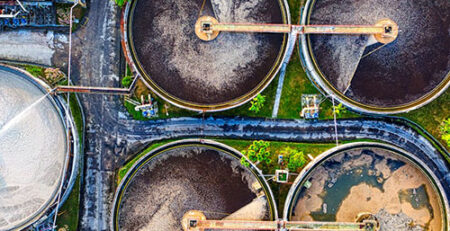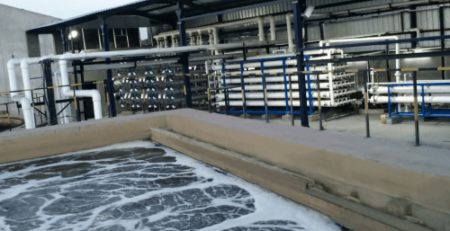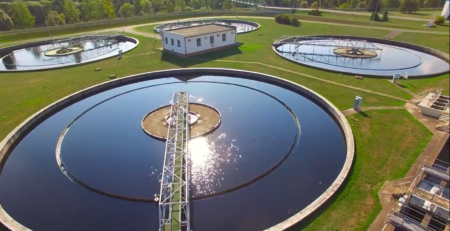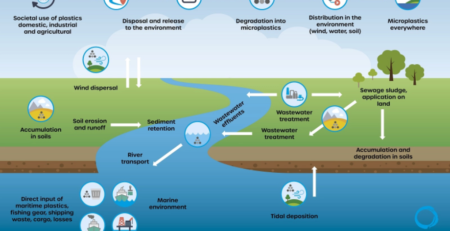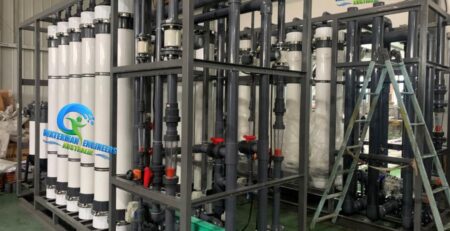Know About Bolivia Market of Desalination Plants
Desalination plants in Bolivia are an important aspect of the development of the country. They help to purify water that is needed for different uses. This helps the people of the country to have better quality water and to enjoy a more comfortable life. However, there are some factors that need to be taken into consideration when determining if a desalination plant in Bolivia is a viable option.
Why Reverse Osmosis is the Most Popular Method for Purifying Water in Bolivia?
Osmosis is a natural process in living organisms. In this process, water molecules move from a solution with a higher concentration to one with a lower concentration. This is a way for the organs in our bodies to get vital nutrients.
When our bodies have access to clean and fresh water, we avoid illnesses like cholera and diarrhea. Besides, it helps our joints to lubricate.
There are several ways to treat the water we use. For example, the water we drink is filtered through a reverse osmosis filter. Likewise, we can also use ultraviolet lamps to sterilize the water.
Reverse osmosis works by forcing the fluid through a semi-permeable membrane. The membrane allows water to pass through, but it blocks larger particles and dissolved solids. It is used in many industries of Bolivia, including the wine industry.
This is an effective method to remove chemicals, heavy metals, nitrates and other contaminants. It can also be used for treating water borne diseases.
A reverse osmosis system can be installed for clean and fresh drinking water. It is considered as one of the most effective ways to protect yourself against diseases caused by polluted water in Bolivia.
Why is the Need of Desalination Plants Rising?
According to reliable resources, there were more than 19,000 desalination plants worldwide in 2022. Despite these impressive numbers, many countries are still experiencing serious freshwater stress. The worst-affected regions are in semi-arid areas of Asia and North Africa. However, technology has made the process more cost-effective and efficient.
With population growth, the need for potable water is escalating. One-fifth of the global population still does not have access to safe drinking water.
As the demand for potable water rises, it is important to increase the capacity of existing desalination plants. A number of countries are already integrating desalination with power plants.
What are the Benefits of Desalination Plants?
Desalination and water treatment technologies are widely used in various parts of the world. Some regions are better suited for some types of technology than others. Choosing the best technology for your area depends on the local demand and expected investment outlays.
In many countries, water stress is a major problem. Water quality has become increasingly compromised due to industrial waste, pollution, and sewage dumping.
In arid areas, runoff collection is a widely used technology. This method helps to increase water availability and enhance agricultural production.
Another option for reducing water stress is to use aquifer recharge systems. These methods include infiltration canals, surface runoff drainage wells, and sinkhole injection points. Although aquifers are an excellent source of water, they can be depleted if used continuously without recharge. Aquifers are also susceptible to erosion, which can affect the local environment.
Using desalination plants in arid regions can help to alleviate freshwater shortages. They are available in different sizes and can be adapted for small communities. To reduce costs, wastewater reuse is a potential solution. These systems are used to cool industrial equipment and irrigate non-edible crops.
Global Solar Water Desalination Plants Market
The global solar water desalination plants market is expected to expand at a significant CAGR over the forecast period. The rapid growth of various industrial sectors and increasing population are expected to drive the market. It is also expected to benefit from the rising demand for fresh and clean water.
In addition to this, the increase in the usage of renewable energy sources is also a key factor that will boost the market. This is especially applicable in developing nations with electricity shortages. Also, the installation of solar-based water desalination plants is relatively easy and inexpensive.
Another key driver for the Bolivia market is the growing awareness about climate change and the environmental issues. This is due to the fact that a lot of desalination methods involve the use of chemicals that can negatively impact the environment.
Other factors boosting the market include the availability of sunlight in the region, and the high demand for freshwater. Furthermore, technological advancements are also expected to contribute to the growth of the industry.
The Bottom Line
Water technologies, such as desalination, have played a significant role in the shifts in nature-society relations. The Las Salinas solar desalination plant in Bolivia is a great example of the new water policies that aim to tackle the scarcity of this precious resource.





